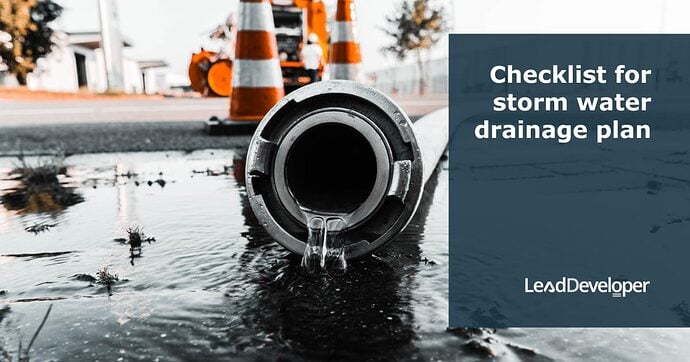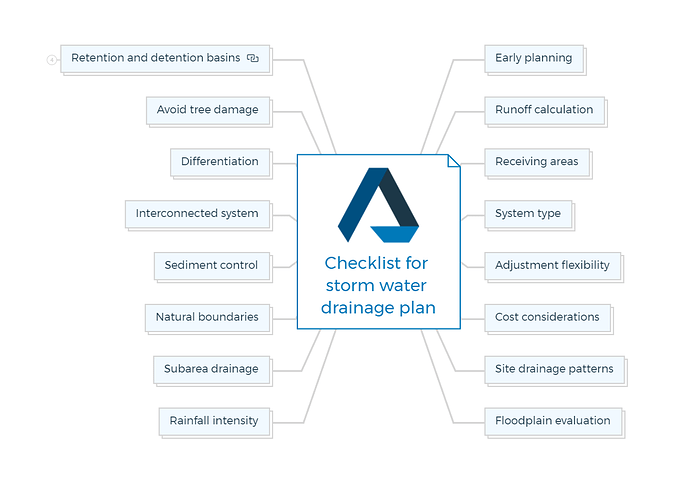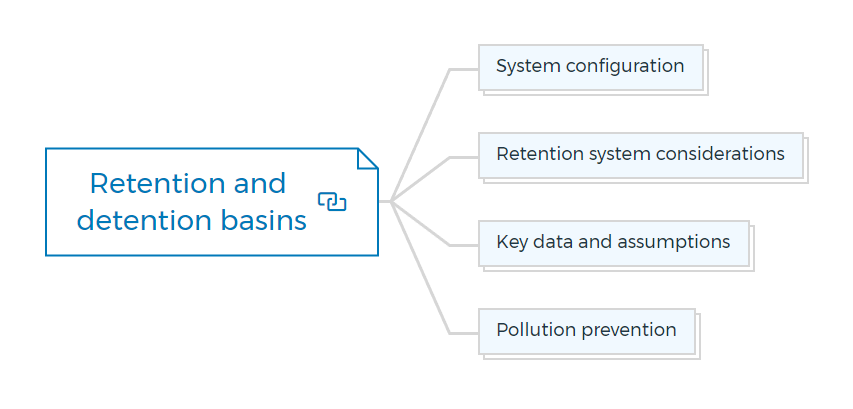1. Early planning
Develop a conceptual stormwater drainage plan alongside the master plan in the property development project’s initial stages.
2. Runoff calculation
Considering the open or closed drainage systems, calculate onsite stormwater runoff based on built and unbuilt surface areas.
Use the Rational Formula:
Q = CIA
Q = runoff
C = runoff coefficient
I = rainfall intensity
A = area to be drained
3. Receiving areas
Identify locations for receiving areas like swales and retention/detention ponds.
4. System type
Determine whether open or closed drainage systems suit the project.
5. Adjustment flexibility
Use the drainage plan to adjust project density or layout to accommodate stormwater management requirements.
You are missing out if you haven’t yet subscribed to our YouTube channel.
6. Cost considerations
Assess potential increased engineering costs based on the designed stormwater management system.
Learn more - Important costs for your property development cost budget
7. Site drainage patterns
Study natural water flow patterns on the site, locating basin divides and low areas for stormwater discharge.
8. Floodplain evaluation
Ensure low areas are not within floodplains; check local regulations.
9. Rainfall intensity
Calculate rainfall intensity for the area based on local data and design storm criteria.
10. Subarea drainage
Micro Engineer smaller drainage sub areas based on site characteristics, parcel size, soil conditions, and topography.
11. Natural boundaries
Utilize streets, roads, parking lots, and buildings as natural boundaries for drainage subareas.
12. Sediment control
Implement sediment and pollution control measures for streets and parking lots.
13. Interconnected system
Consider using open or closed systems for each subarea; convey runoff between subareas if necessary.
14. Differentiation
Differentiate between paved and natural areas; choose appropriate drainage systems based on runoff rates.
15. Avoid tree damage
Avoid placing systems near protected trees and vegetation.
16. Retention and detention basins
Design basins in accordance with stormwater management guidelines; ensure safety and aesthetics.
Consider the Rational Formula for sizing: Q = CIA.
16.1. System configuration
Create shallow depressions and undulating perimeters in detention systems; use swales to connect and promote sedimentation.
16.2. Retention system considerations
Ensure retention systems have sufficient depth and address water level maintenance.
16.3. Key data and assumptions
Consider percolation rates, infiltration assumptions, required retention percentages, adjacent site runoff, and water table levels in the design.
16.4. Pollution prevention
Prevent pollutants from entering aquifers; adhere to local and state ordinances regarding water table levels and pollution control.




